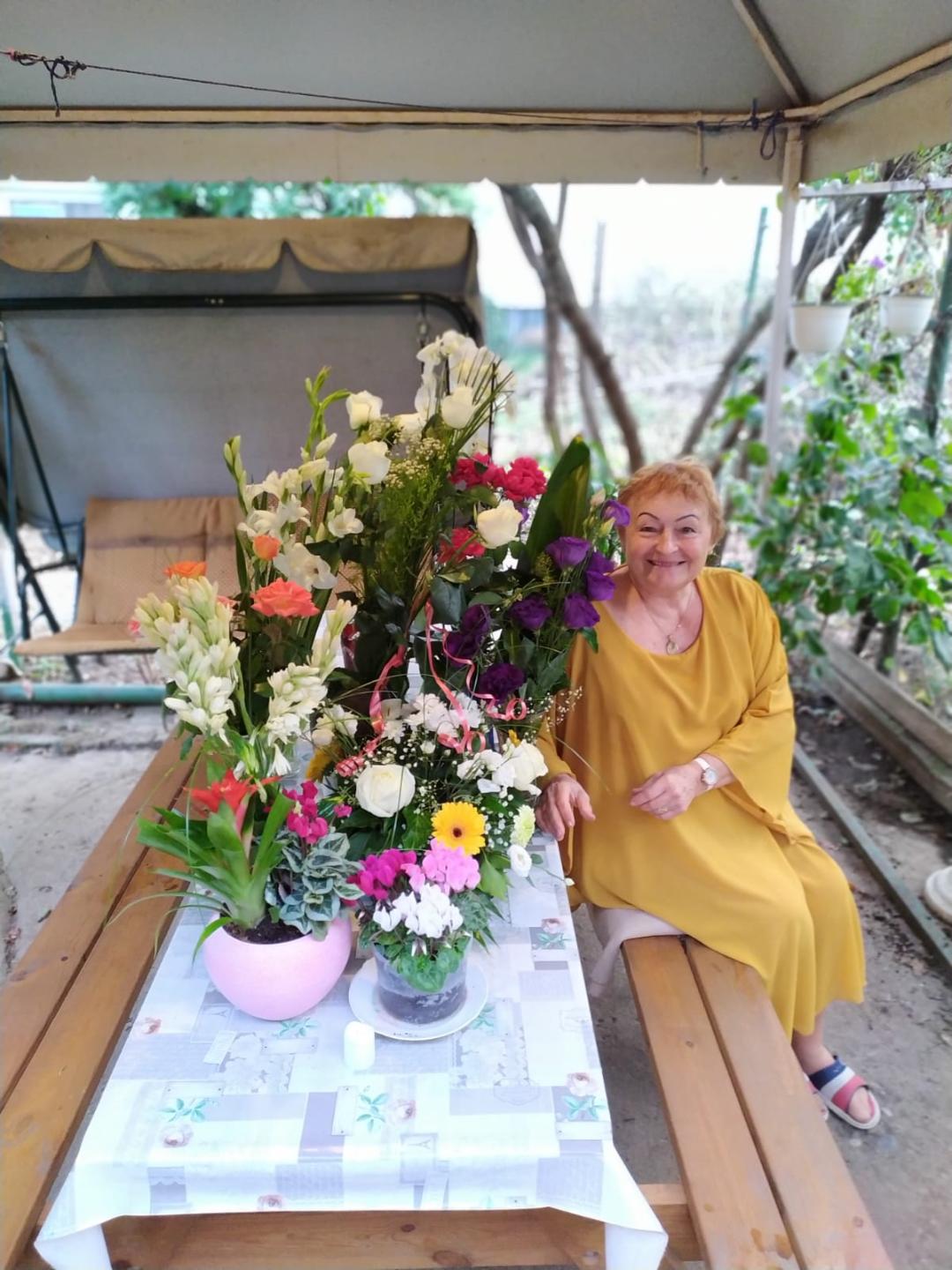Description
The appearance of literature in Banat “grai” takes place in the broader context of the resistance of the identity matrix of Romanians in their historical and geographical area. By translating oral folklore into the printed page, this desideratum became a real phenomenon manifested in the restrictive conditions imposed by the administrative authorities of the Austro-Hungarian Empire.
Romanians have created, especially in the world of villages, real enclaves of language, tradition and specific spirituality, around teachers and priests. The holidays and events of the community were accompanied by choirs with Romanian music, with texts and shouts composed by rhapsodists and popular poets, in the language spoken and preserved with great care and holiness. Since the 19th century, intellectuals from Transylvania (Ardeal, Banat, Crișana, Maramureș) have turned their attention to these creations, mostly oral, and have tried to collect, order and print them for study and perpetuation in the future. Names like Victor Vlad Delamarina, George Gârda, Gabriel Țepelea, Marius Munteanu and many, many others have contributed and enriched the cultural heritage through the content of many anthologies of poetry in Banat “grai”.
Intention
I, Ana Caia, writer and poet of Romanian literary language came in contact with this zonal literary phenomenon and provincial literary species, by participating in the George Suru Literary Cenacle in Caransebeș and where the philologist and poet Nichifor Mihuța was also active – author and poet in “grai”.
After settling in Timișoara and getting closer to the poet and publicist Aurel Turcuș, I considered that the time had come for me to focus on this literary species as well. Within the anthology Poetry in Banatian Words, published in 2009 by Orizonturi Universitare Publishing House, compiled and edited by the scholar Aurel Turcuș, I contributed with a group of poems in the “grai” from Caransebeș area, the one from my native commune, Obreja.
Descriere
Apariția literaturii în grai bănățean are loc în contextul mai larg al rezistenței matricei identitare a românilor din arealul lor istoric și geografic. Prin transpunerea folclorului oral în pagina tipărită, acest deziderat a devenit un adevărat fenomen manifestat în cadrul condițiilor restrictive impuse de către autoritățile administrative ale Imperiului Austro-Ungar.
Românii și-au creat, mai ales în lumea satelor, adevărate enclave de limbă, tradiție și spiritualitate specifică, în jurul dascălilor și al preoților. Sărbătorile și evenimentele obștii erau însoțite de hore cu muzică românească, cu texte și strigături compuse de rapsozi și poeți populari, în limba vorbită și păstrată cu multă grijă și sfințenie.
Încă din secolul al XIX-lea intelectualii din Transilvania (Ardeal, Banat, Crișana, Maramureș) și-au îndreptat atenția spre aceste creații, mai mult orale, și au încercat să le adune, ordoneze și să le tipărească pentru studiu și perpetuare și în viitor. Nume ca Victor Vlad Delamarina, George Gârda, Gabriel Țepelea, Marius Munteanu și mulți, mulți alții și-au adus contribuția și au îmbogățit patrimoniul cultural prin conținutul multor antologii de poezie în grai bănățean.
Intenție
Eu, Ana Caia, scriitor și poet de limbă română literară am ajuns în contact cu acest fenomen literar zonal și specie literară provincială, prin participarea la Cenaclul Literar George Suru din Caransebeș și unde activa și filologul și poetul Nichifor Mihuța – autor și de poezie în grai.
După stabilirea în Timișoara și apropierea de poetul și publicistul Aurel Turcuș am considerat că a venit momentul să mă aplec și eu și asupra acestei specii literare. În cadrul antologiei Poezie în grai bănățean, apărută în anul 2009 la Editura Orizonturi Universitare, întocmită și îngrijită de cărturarul Aurel Turcuș, am contribuit cu un grupaj de poezii în minigraiul din zona Caransebeșului, cel din comuna mea natală, Obreja.
Beschreibung
Die Literatur in der Sprache des Banats entstand im Kontext des großen Widerstands der Identitätsmatrix der Rumänen in ihrem historischen und geografischen Gebiet. Durch die Übertragung der mündlichen Folklore auf die gedruckte Seite wurde dieser Wunsch zu einem realen Phänomen, das sich unter den restriktiven Bedingungen der Verwaltungsbehörden der österreichisch-ungarischen Monarchie manifestierte.
Die Rumänen schufen, vor allem in den Dörfern, eine regelrechte Enklaven der Sprache, der Tradition und der spezifischen Spiritualität um ihre Lehrer und Priester. Die Feste und Veranstaltungen des Dorfes wurden von Horeas mit rumänischer Musik begleitet. Außerdem mit mit Texten und Rufen, aus Rhapsoden und Volksdichtern, die in einer gesprochenen mit großer Sorgfalt und Heiligkeit bewahrten Sprache verfasst wurden.
Seit dem 19. Jahrhundert haben die Intellektuellen Siebenbürgens (Ardeal, Banat, Crișana, Maramureș) ihre Aufmerksamkeit auf diese zumeist mündlich überlieferten Werke gerichtet und versucht, sie zu sammeln, zu ordnen und zu drucken, damit sie in Zukunft studiert und bewahrt werden können. Namen wie Victor Vlad Delamarina, George Gârda, Gabriel Țepelea, Marius Munteanu und viele, viele andere haben dazu beigetragen und das kulturelle Erbe durch den Inhalt zahlreicher Anthologien von Gedichten in der Sprache des Banats bereichert.
Absicht
Ich, Ana Caia, Schriftstellerin und Dichterin der rumänischen Literatursprache, kam mit diesem lokalen literarischen Phänomen und der literarischen Spezies der Provinz in Berührung, als ich am Literarischen Zönakel George Suru in Caransebeș teilnahm, wo der Philologe und Dichter Nichifor Mihuța – ebenfalls Autor von Gedichten im lokalen Dialekt – tätig war.
Nachdem ich mich in Timișoara niedergelassen und den Dichter und Publizisten Aurel Turcuș näher kennengelernt hatte, dachte ich, es sei an der Zeit, diese literarische Spezies näher zu beleuchten. In der 2009 vom Verlag Orizonturi Universitare herausgegebenen und von Aurel Turcuș redigierten Anthologie Poesie in der Sprache des Bagnat habe ich eine Gruppe von Gedichten in der Minigrafie des Caransebeș-Gebietes beigesteuert, die aus meiner Heimatgemeinde Obreja stammt.


